| Dimensions | 7 × 0.5 × 9 in |
|---|
Rosemary Gladstar’s Medicinal Herbs: A Beginner’s Guide: 33 Healing Herbs to Know, Grow, and Use
Available in stock
People Also Viewed
-
 Katadyn Pocket Water Filter, Black,
Rated 5.00 out of 5(10)
Katadyn Pocket Water Filter, Black,
Rated 5.00 out of 5(10) -
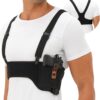 Shoulder Holster for Concealed Carry – Concealed Chest Holster, Universal Gun Holster for Men & Women Fits Glock, S&W, Sig and Most Pistols
Rated 4.17 out of 5(7)
Shoulder Holster for Concealed Carry – Concealed Chest Holster, Universal Gun Holster for Men & Women Fits Glock, S&W, Sig and Most Pistols
Rated 4.17 out of 5(7) -
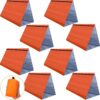 8 Pcs Ultralight Survival Tent 2 Person Emergency Shelter Tube Tent Waterproof Emergency Tent Emergency Survival Shelter Windproof Survival Tarp with Paracord for Outdoor Survival Kits, Orange
8 Pcs Ultralight Survival Tent 2 Person Emergency Shelter Tube Tent Waterproof Emergency Tent Emergency Survival Shelter Windproof Survival Tarp with Paracord for Outdoor Survival Kits, Orange
-
 Rand McNally 2025 Large Scale Road Atlas (Rand McNally Large Scale Road Atlas USA)
Rand McNally 2025 Large Scale Road Atlas (Rand McNally Large Scale Road Atlas USA)
-
 THYWD Hydration Backpack with 3L Water Bladder Tactical Molle Hydration Pack Bag for Men and Women Water Backpack for Hiking Mountain Bike Running Cycling
Rated 4.78 out of 5(10)
THYWD Hydration Backpack with 3L Water Bladder Tactical Molle Hydration Pack Bag for Men and Women Water Backpack for Hiking Mountain Bike Running Cycling
Rated 4.78 out of 5(10)
Description
From the Publisher

|
|
|
|
|---|---|---|
Learn How to Make Your Own Herbal RemediesRecognized as the oldest system of healing on the planet, herbal medicine traces its roots back to the earliest civilizations. Effective, safe, and inexpensive, medicinal herbs are simple to grow, and they can be used to naturally fortify your body against common upsets and ailments. |
Godmother of Modern HerbalismRosemary Gladstar is a world-renowned educator and activist. She is the founder of Sage Mountain Herbal Retreat Center and Botanical Sanctuary, founding president of United Plant Savers, director of the New England Women’s Herbal Conference, and founder and past director of the International Herb Symposium. She has mentored thousands of students over the past 30 years through her in-depth home study course, The Science and Art of Herbalism. |
Highlights 24 Herbs to Know, Grow, and UseCommon, non-toxic medicinal plants that grow well in any climate are the perfect place to begin practicing family herbalism. Create a small home apothecary and fill it with homemade herbal remedies made from herbs you’ve grown yourself. |
Editorial Reviews
Review
“The goal of this beginner’s guide is to teach readers how to identify and cultivate medicinal herbs and then use them to create healing oils, salves, tonics and more. … Whether your passions lie in gardening, crafting or natural health, you’ll find this a wonderful addition to your home library.”
“Rosemary Gladstar is one of the most influential herbalists.”
—Natural Health Magazine
“Rosemary has graced the reader with her knowledge, experience, and love of herbs.”
—Dr. Mary Bove, Naturopathic Physician
“In this empowering book, Rosemary teaches about using healing herbs with a thankful heart.”
—Michael Phillips, Author of The Holistic Orchard
“This book is a brand new, sparkling gem, full of treats and surprises and everything important. … not just for the beginner, even though that’s what the title says. It will definitely be inspiring and helpful to someone just starting out, but also to anyone who’s been working with herbs for a while and might be looking for some fresh inspiration.”
“Rosemary Gladstar has been herbal wise woman to several generations, training future herbalists for 25 years at herSage Mountain Retreat Centeron 500 acres in Vermont. For those new to using herbs medicinally, her “Rosemary Gladstar’s Medicinal Herbs: A Beginner’s Guide”(Storey Publishing, 2012) is the perfect entry, with easy recipes, preparation basics and growing know-how.”
―HerbalGram: The Journal of the American Botanical Council
“One of the most-trusted and well-respected herbalists of our time, Rosemary Gladstar, teaches readers how to grow, harvest, prepare, and use 33 of her favorite herbs in this new title. … this book is a must-read for every budding herbalist.”
―Urban Farm
“This expert herbalist always offers exert advice … Anyone can prepare her tried and true, yet always effective, recipes.”
―The Essential Herbal
“A compilation of the insights and wisdom gained from a lifetime of practice using medicinal herbs … highly useful for anyone wishing to bring herbs into their life”
“The goal of this beginner’s guide is to teach readers how to identify and cultivate medicinal herbs and then use them to create healing oils, salves, tonics and more. … Whether your passions lie in gardening, crafting or natural health, you’ll find this a wonderful addition to your home library.”
From the Back Cover
Home-Grown Medicine
Effective, safe, and inexpensive, medicinal herbs are simple to grow, and they can be used to naturally fortify your body against common upsets and ailments. Rosemary Gladstar, the godmother of modern herbalism, offers a fresh introduction to growing and using 33 of her favorite herbs, complete with tips on introducing an herb patch to your backyard garden and easy-to-follow recipes for brewing restorative teas, blending soothing salves, and making tinctures, oils, syrups, and pills.
124 of Rosemary Gladstar’s favorite medicinal recipes include:
Creaky Bones Cayenne Rub, page 63
Warming Cinnamon Bath Salts, page 68
Ginger Lemonaide, page 80
Brain Tonic Tincture, page 85
Good Gargle for a Bad Throat, page 88
Rosemary’s Famous Face Cream, page 116
Nutritive Heart Tonic Tincture, page 136
Lemon Balm Bath, page 160
Peppermint Tooth Powder, page 187
About the Author
Rosemary Gladstar is the best-selling author of Rosemary Gladstar’s Medicinal Herbs: A Beginner’s Guide and Rosemary Gladstar’s Herbal Recipes for Vibrant Health, which draw on her 40-plus years of experiences studying and teaching about the healing properties of herbs. She is a world-renowned educator, activist, and entrepreneur and the founding director of Sage Mountain Herbal Retreat Center, the International Herb Symposium, and the New England Women’s Herbal Conference. Gladstar is founding president of United Plant Savers, a nonprofit organization dedicated to the conservation and preservation of native American herbs. She was the original formulator for Traditional Medicinal herbal teas and has led herbal educational adventures around the world. She is the recipient of an honorary doctorate from the National University of Natural Medicine in Portland, Oregon, and serves on the board of the Association for the Advancement of Restorative Medicine and The National Health Freedom Coalition. She lives in Vermont.
Excerpt. © Reprinted by permission. All rights reserved.
Infusions and Decoctions
When making tea, leaves and flowers are prepared differently from roots and bark, in much the same way that spinach is cooked differently from potatoes. Leaves and flowers are generally steeped in hot water so as not to overcook and destroy the enzymes, vitamins, and precious essential oils. Roots and bark are generally simmered to draw forth the more tenacious plant constituents. There are a few exceptions to these rules, which you’ll generally find noted in herb books, including this one. But honestly, if you make a mistake and simmer a root that should have been steamed, don’t panic. Your remedy will still work.
The process of steeping a plant in boiling water is called infusion, while the process of simmering a plant in lightly boiling water is called decoction. When in doubt, steep. Steeping is much less destructive to many of the important medicinal components of plants. The longer you steep the herbs, the stronger the tea. That’s not always preferable, as long steeping times can bring out some of the less desirable parts of the plant. Steep black tea too long and what happens? It goes from being a fragrant, aromatic beverage to an astringent-tasting, tannin-rich medicinal tea.
A medicinal tea blend, whether an infusion or a decoction, is defined by its strength and potency. For medicinal purposes, teas need to be fairly strong, and so you’ll use a relatively large amount of herbs in making them.
How to Make a Medicinal INFUSION
Infusions are made from the more delicate parts of the plant, such as the leaves, flowers, buds, some berries and seeds, and other aromatic plant parts. Highly aromatic roots such as valerian, ginger, and goldenseal are often steeped rather than decocted, though I find they are effective either way. After, add the spent herbs to your compost. Here are the basic steps.
Instructions
- Put 4 to 6 tablespoons of dried herb (or 6 to 8 tablespoons of fresh herb) into a glass quart jar.
- Pour boiling water over the herbs, filling the jar. Let steep for 30 to 45 minutes. (The length of steeping time and the amount of herb you use will affect the strength of the tea.)
- Strain and drink.
Important information
To report an issue with this product or seller, click here.
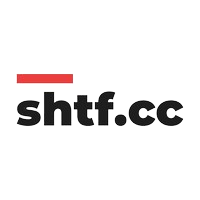
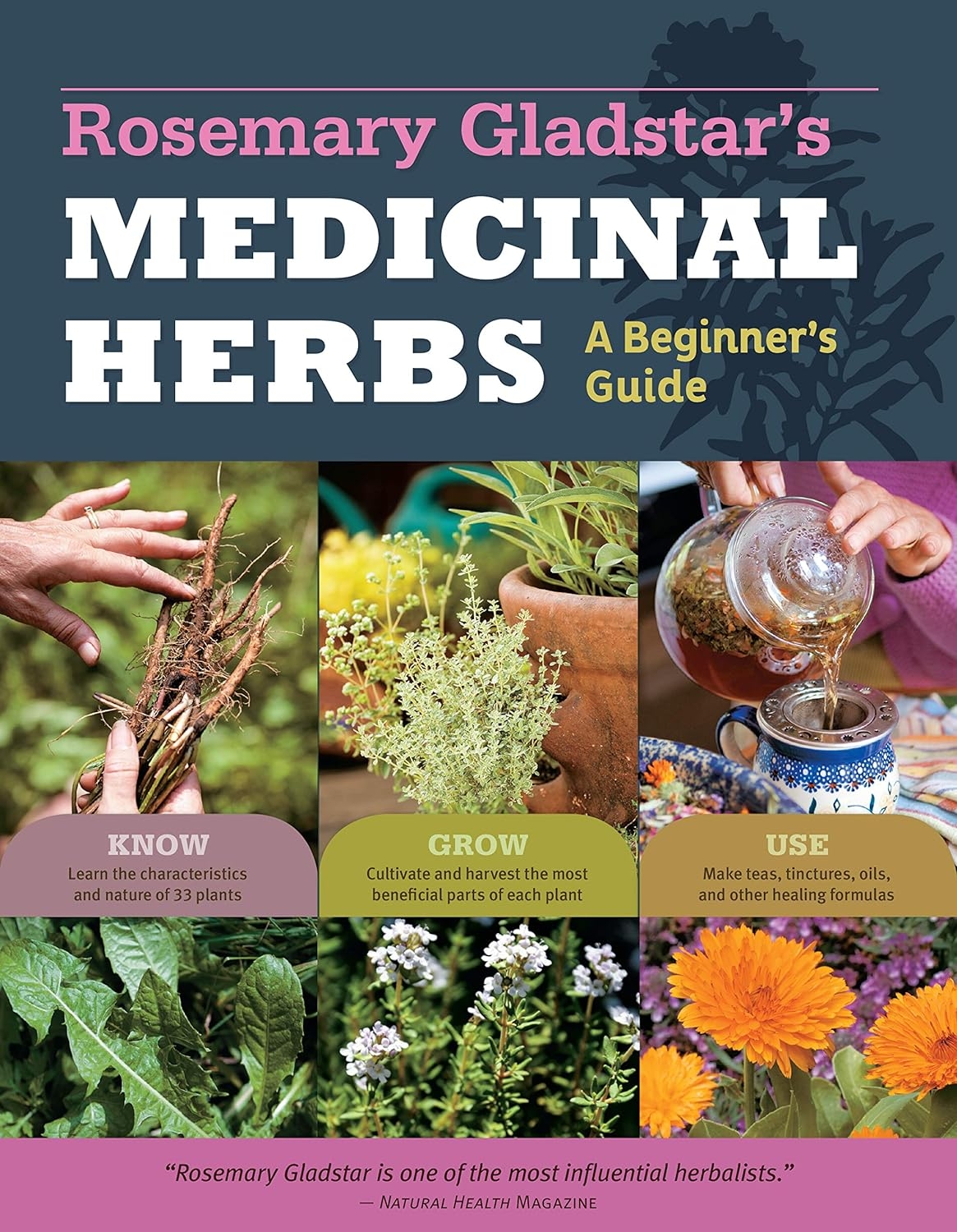
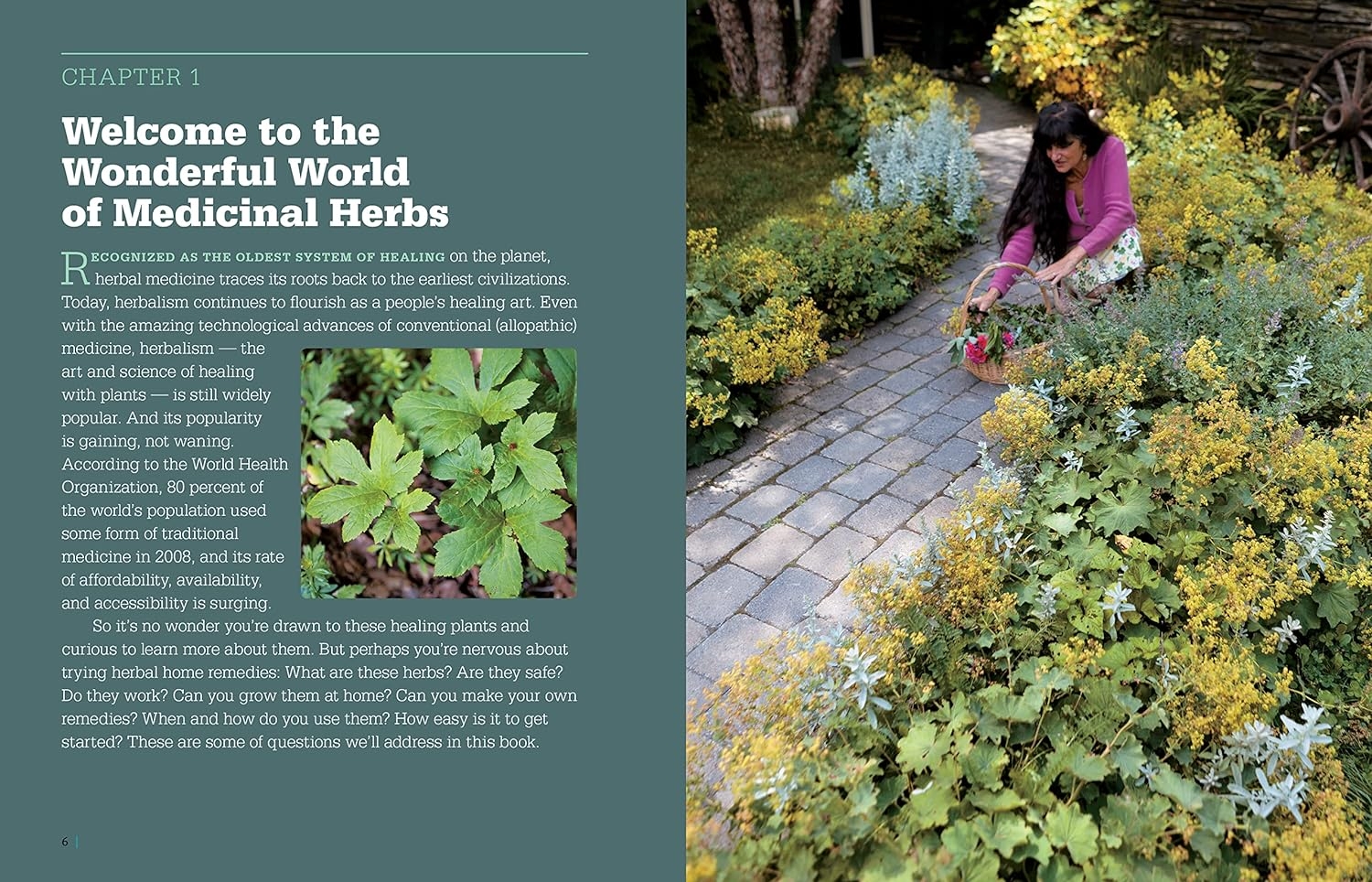

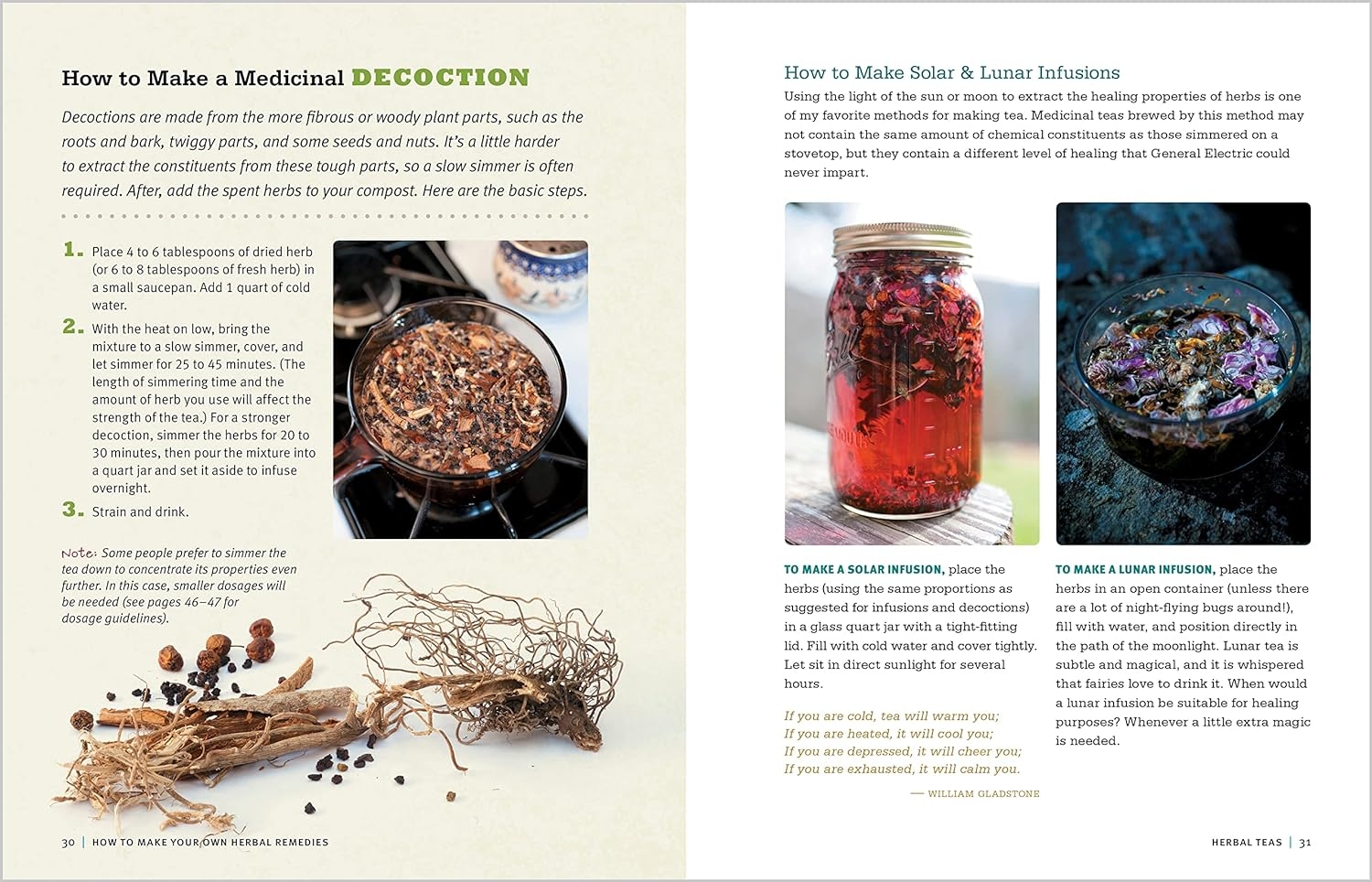
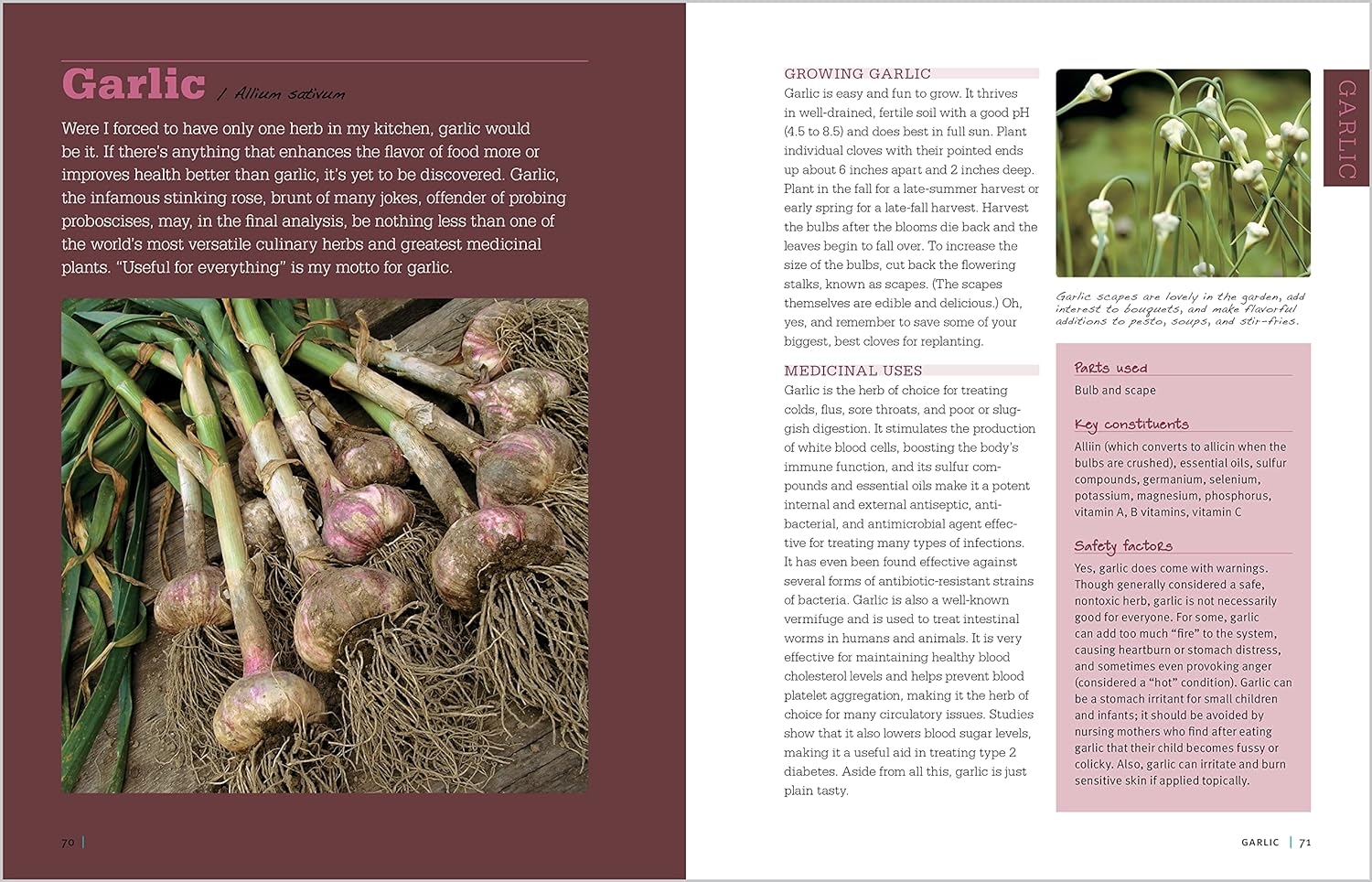
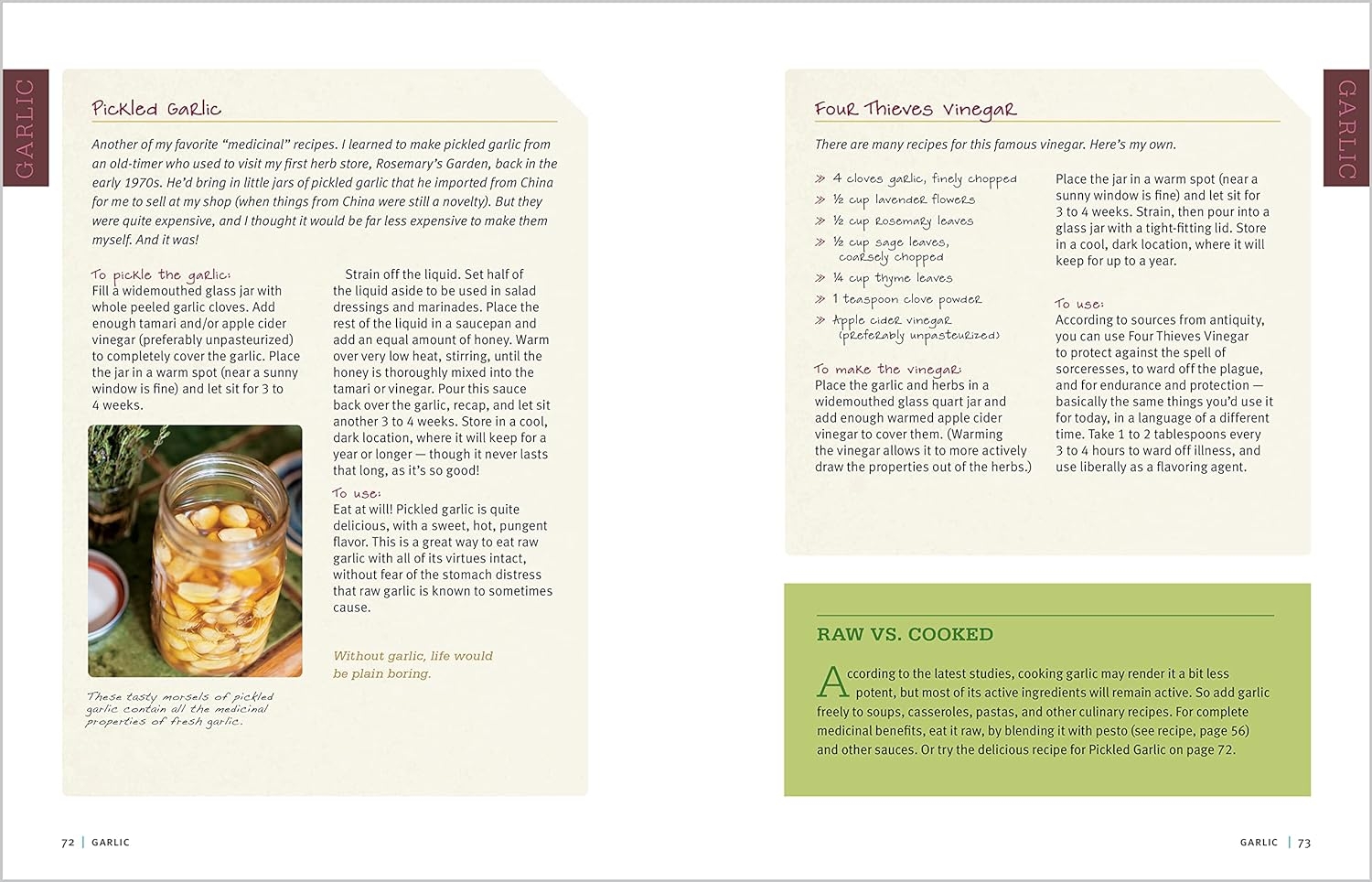
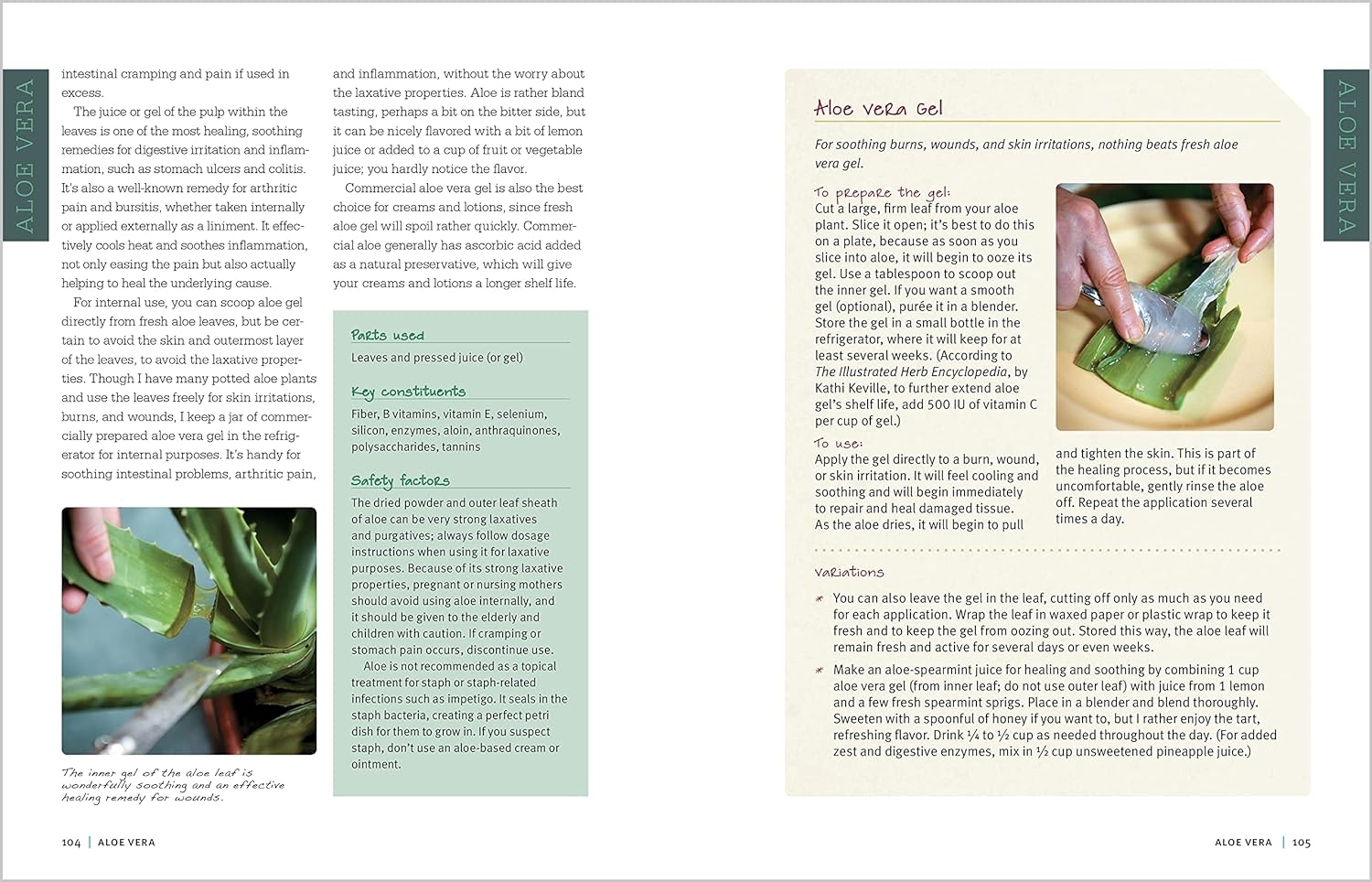
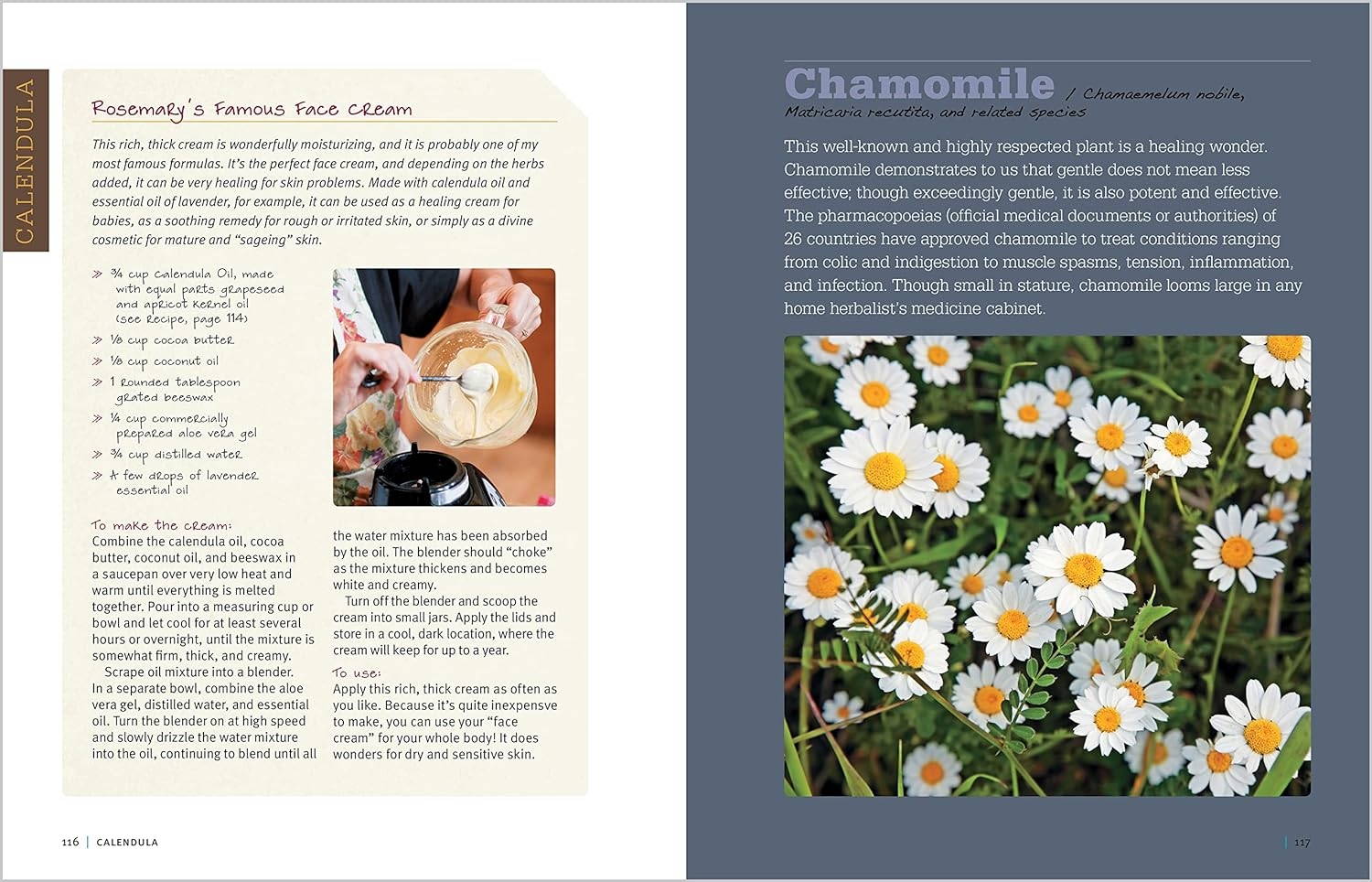



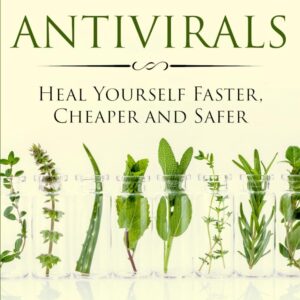
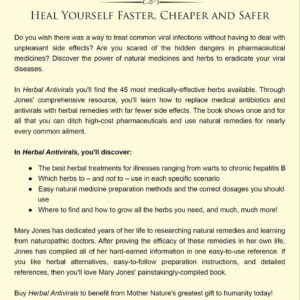

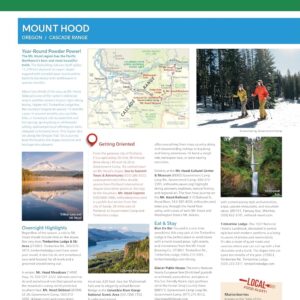


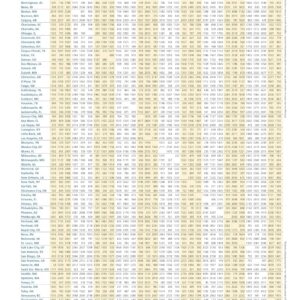


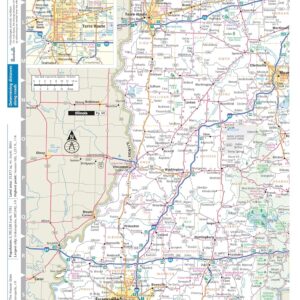
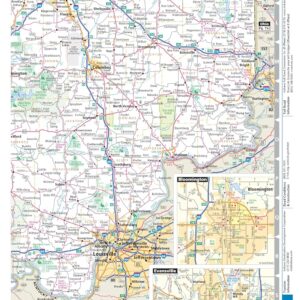

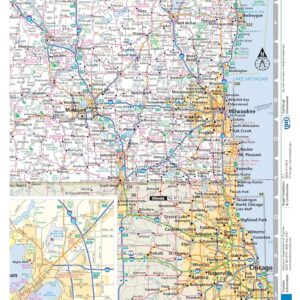
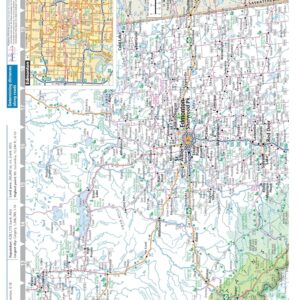
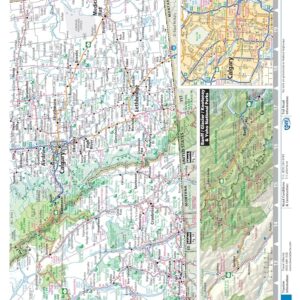

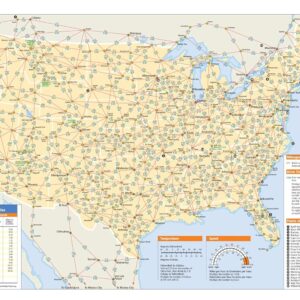
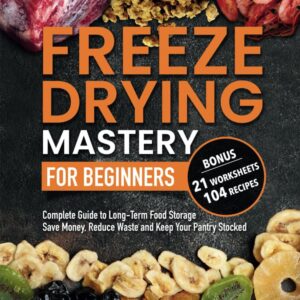
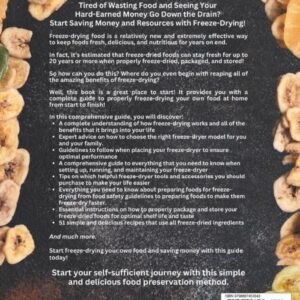
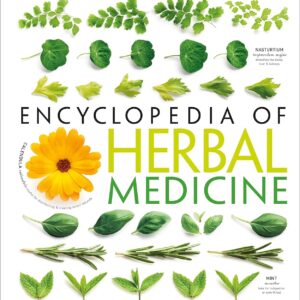
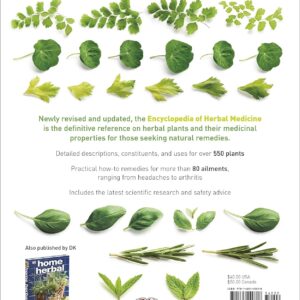
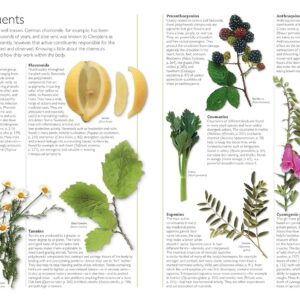
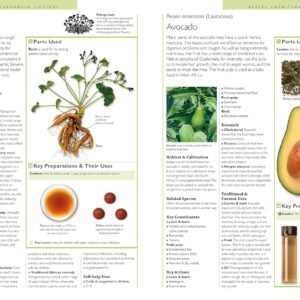
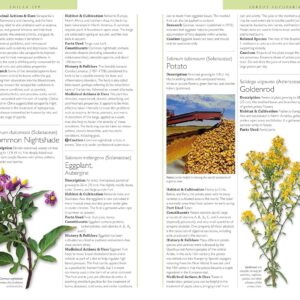
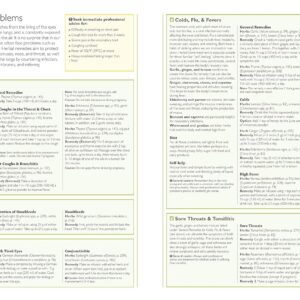
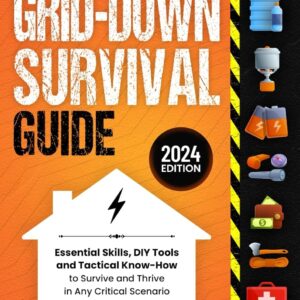
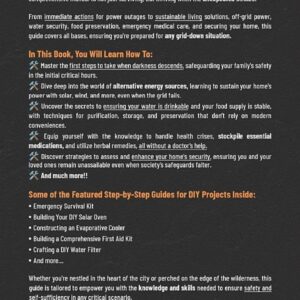
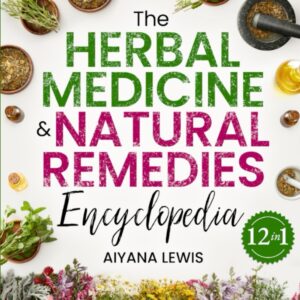
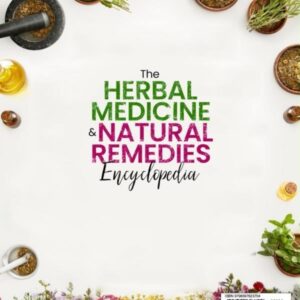
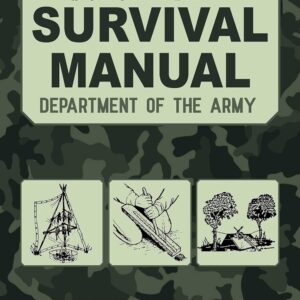
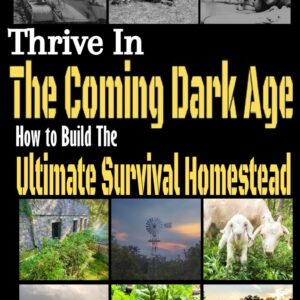

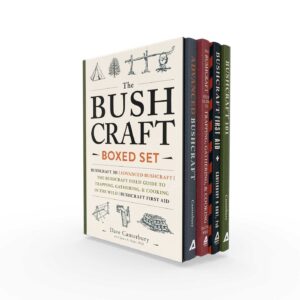
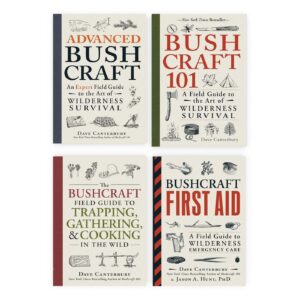
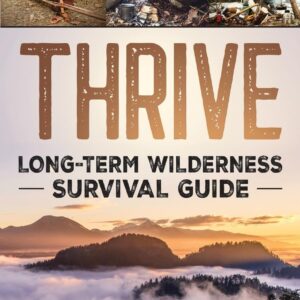

 No products in the cart.
No products in the cart. 